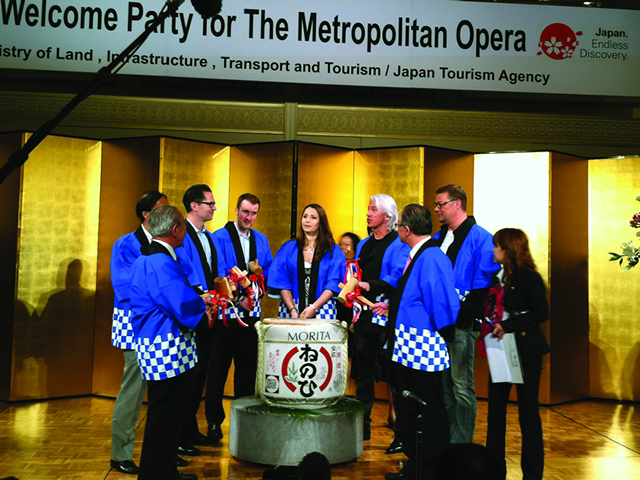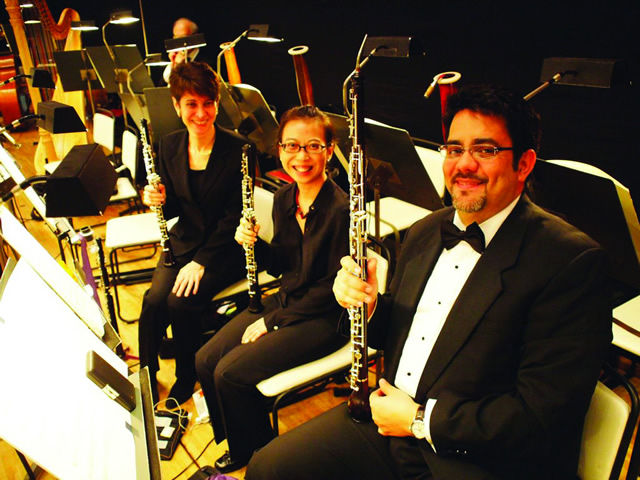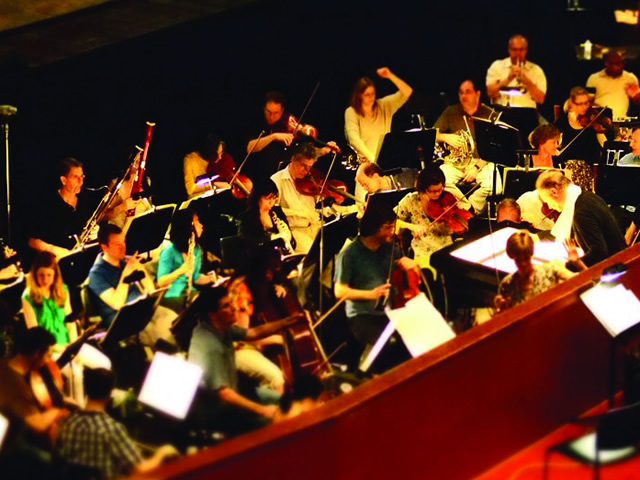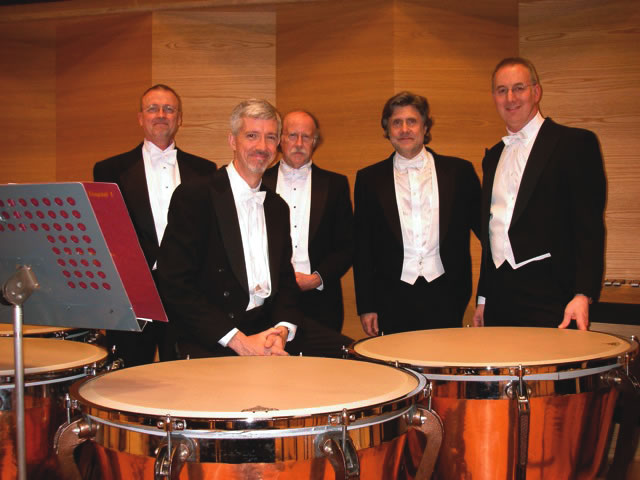Allegro
On Tour in Japan
Volume 111, No. 9September, 2011
 A welcome party for the Met Opera, upon arrival in Japan. Photo: Jeehae Lee |
Three months after Japan’s most powerful earthquake changed the country forever, the Met Opera was performing there…
The Metropolitan Opera traveled to Japan in June for a three week tour. Fourteen performances of three different operas plus one symphonic concert were given in Nagoya and Tokyo. This was the Met’s sixth visit to Japan since 1988, but the company’s first tour of any kind since 2006 (which, coincidentally, was also to Japan).
Prior to the trip, there was great concern among company members about the safety of traveling to Japan following the Tohoku earthquake and tsunami, and subsequent issues at the Fukushima Daichi nuclear reactor. The orchestra committee insisted to Met management that these concerns be addressed. The Met responded by bringing in Dr. David Brenner, an expert in the biological effects of radiation from Columbia University. He addressed the company, and provided written materials and made himself available for follow-up questions. While in Japan, each member of the tour was given a liter of bottled water each day, as there had been previously reports of elevated levels of radioactive iodine in the Tokyo water supply. Additionally, the Met made contingency plans for evacuation of the company in the case of an emergency.
Artist cancellations were another challenge to this tour. Several of the top-line singers scheduled to perform pulled out, some at the last minute. Music Director James Levine was unable to make the trip due to ongoing health issues. Management had to scramble to put together casts, but was able to find quality artists for all performances. Principal guest conductor Fabio Luisi stepped in for Maestro Levine’s performances. (Gianandrea Noseda also conducted, as scheduled.) A number of orchestra members also did not participate in the tour.
Once in Japan, members of the company found negligible effects from the disasters. The bright lights of Tokyo were perhaps slightly subdued (due to energy conservation), and audiences were somewhat smaller than hoped. There was only one performance where musicians were able to feel in the orchestra pit the gentle rocking of an aftershock. Outside of the actual disaster area, the largest concerns of the Japanese seemed to be about the economic effects of the crisis. Additionally, what the Japanese people seemed to really yearn for was a return to normal life. In our own small way, the visit of a major international performing arts group such as ours provided a step in that direction. We did hear sentiments like “thank you for coming” numerous times from Japanese friends and patrons.
Highlights of the tour for the musicians included our sold-out concert in Suntory Hall with Maestro Luisi, featuring two Strauss tone poems, two Italian overtures and four vocal soloists. This program was almost completely changed at the last minute from the original due to artist cancellations, which called for incredible work by Met librarians in New York and Japan.
Also, at the final performance, of “La Boheme,” the orchestra and entire company were invited on to the stage to share in the seemingly unending applause and cheers from the audience. This level of appreciation and enthusiasm certainly helped make the whole arduous and challenging tour feel worthwhile for those who participated.
Duncan Patton is a timpanist for the Met Opera.
This story originally appeared in the September 2011 issue of Allegro, the magazine of the New York City musicians’ union (AFM Local 802). For reprint requests, send an e-mail to editor Mikael Elsila at Allegro@Local802afm.org.



